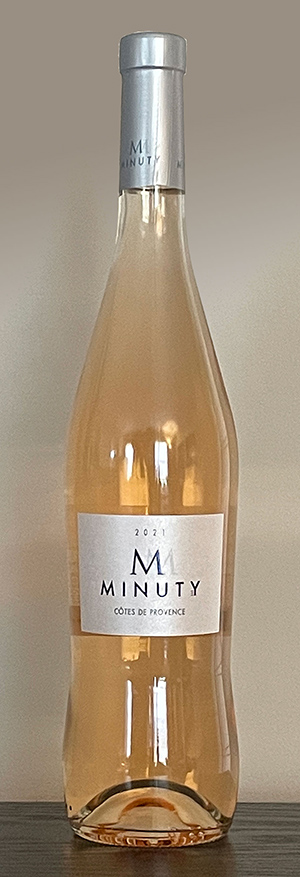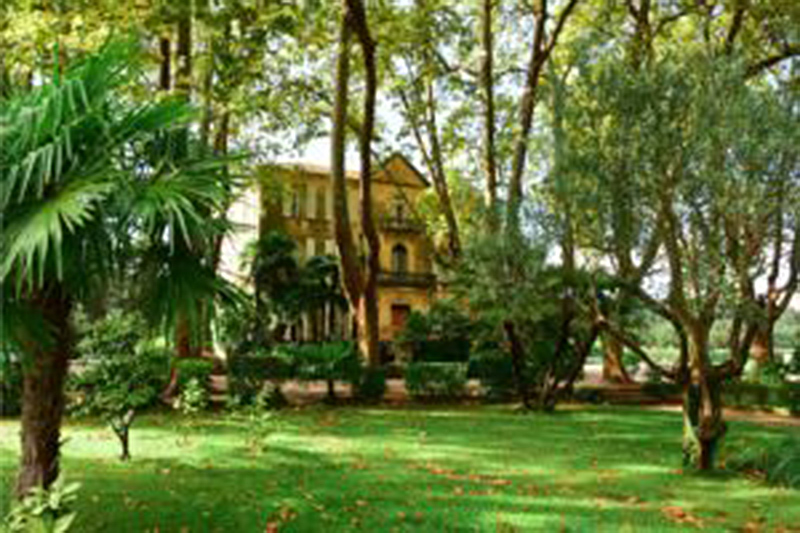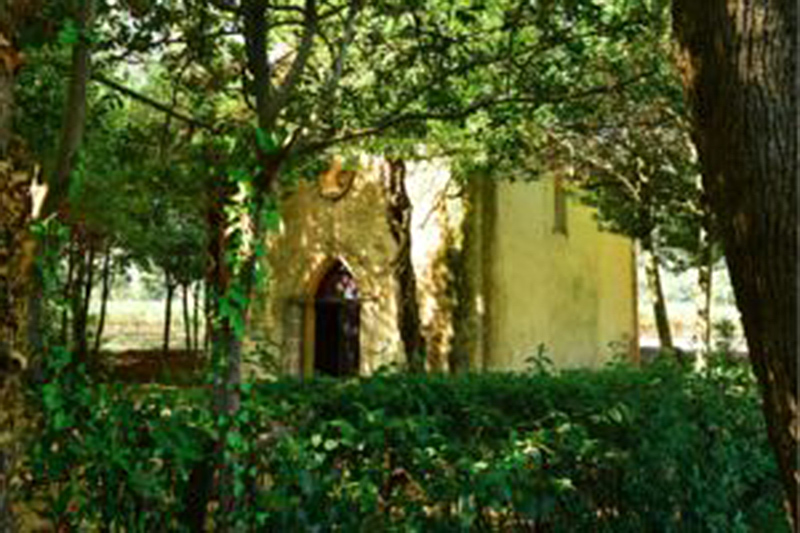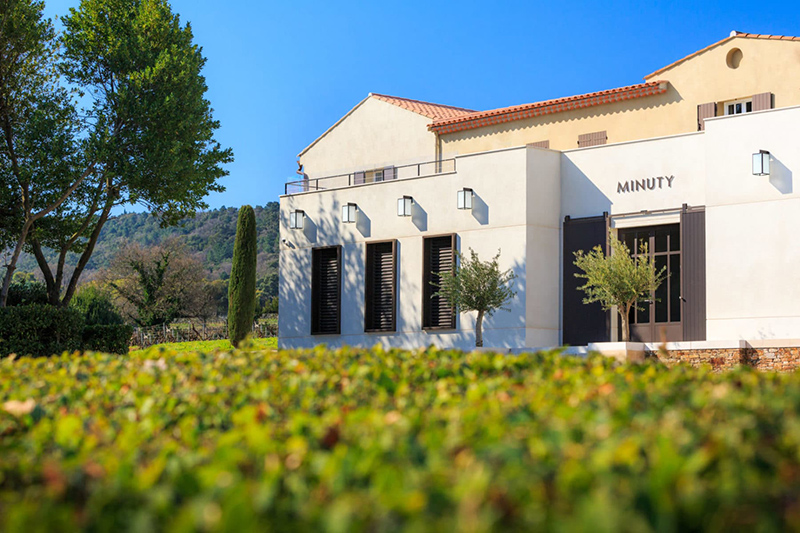
Provence in the south of France is the nation’s oldest wine-producing region, dating back more than 2,600 years. It is synonymous with rosé (90% of the region’s production), and one of the leading producers is Chateau Minuty.
Minuty began in the mid-1800s. The estate was originally built during the reign of Napoleon III, as was the small chapel that gave its name to the Cuvée de l’Oratoire, which was the house’s emblematic bottling for a long time.
Things really got going in 1936 when the 170 hectares [420 acres] property was acquired by Gabriel Farnet, whose family has owned and operated it ever since.
Farnet already owned Domaine de Châteauneuf in Vidauban, so he came with winemaking experience. (That physical château still exists, but the vines are long gone.) He began renovations by replanting the entire estate. The effort paid off; in 1955, Minuty was one of the 23 properties to be distinguished as a classified growth (Cru Classé) of the Côtes de Provence (or 14, or 18, or 19; accounts vary, oddly).
By 1960, the winery was being run by Monique Farnet, Gabriel’s daughter, and her husband Etienne Matton. They reintroduced the traditional Provençal grape varieties of Tibouren, Rolle, and Grenache, and began limiting yields while seeking a high quality of wine making.

In the last decade of the 20th century, Minuty realized that the greatest plots in their vineyard were old Grenache. When handled with overwhelming gentleness, Grenache can produce wines of aromatic complexity as well as complex and deep flavors and body without tannin or aggressiveness. Minuty’s rigorous attention to viticulture includes that gentle handling of the fruit (Minuty is the last regional estate to 100% harvest grapes by hand).

Today, third generation brothers Jean-Etienne and François Matton have taken over and continue to develop Minuty. They have further renovated the vineyard, replacing the remaining Carignan and Ugni Blanc vines with Grenache and Rolle, and have implemented modern winemaking techniques. “The only sounds that you can hear are songs of birds and tractors when they are working in the vineyard,” says François Matton. “Smells are those linked to seasons, full of Mediterranean flavors like cypress, olive trees, and bays.”

Minuty has followed through on their strong commitment to sustainable viticulture by quickly achieving the French government’s High Environmental Value certification for the estate’s biodiversity, farm management, and a broader commitment to limiting environmental impact. All wines are strictly from the Côtes de Provence AOC and grown without the use of chemicals.

In 2022 Anne-Victoire Matton joined her father Jean-Etienne and uncle François in the running of this chateau.
At one time, Minuty produced rosé exclusively. Now however, although 70% of production is given over to those wines, there are also three whites and four reds.
Chateau Minuty M Rosé 2021
The vineyard of the estate is on the southern flank of the Gulf of St. Tropez. It benefits from a temperate maritime climate.
Minuty pioneered the use of pressurage direct in the production of their rosé wines. This involves taking the first free-run juice that is released by loading the press with the grapes. The weight of the fruit is enough to bring about a light pressing. This premium juice is then run off to be fermented separately. ‘M’ de Minuty Rosé is made using 70% pressurage direct.
The wine is a blend of Grenache, Cinsault, Syrah (the classic Provence trio), and Tibouren*. It was cold pressed and fermented, with no malolactic fermentation.
M is a delicate salmon color in the glass. The nose offers an aroma of mouthwatering melon. This continues on the palate, with the addition of strawberry, lime, and a bit of minerality. The refreshing acidity is balanced by a lush mouthfeel. ABV is 13%.
*Tibouren is emblematic of the Saint-Tropez peninsula. Matton says, ” It is a typical, ancient Provençal grape, likely of eastern origin, which was brought to France by the Romans. “Its culture is essentially limited to the Var department and more specifically to the communes of the peninsula of Saint-Tropez, where it was introduced in the 18th century.”
Matton also says, “A bit is grown in Bulgaria. It is recognized as permissible in the Côtes de Provence appellation, where about 300 hectares [741 acres] are cultivated. It is mostly found in rosé blends, adding nice tasting notes of fruit and structure in the mouth with spicy notes. Tibouren typically has well-developed leaves and black, medium-sized berries that are relatively generous, making it an ideal grape for rosé vinification.”
Top of page: https://winervana.com/blog/
